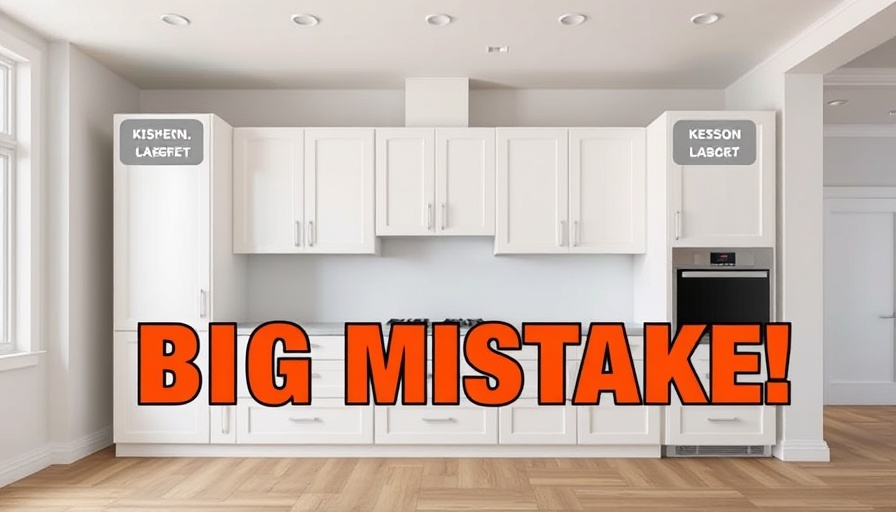
Why Window Well Covers are Essential for Your Home
When it comes to home maintenance, window well covers may not be the first thing on your mind. However, these often-overlooked features play a critical role in keeping your home safe and functional. Not only do they protect your basement from water, but they also prevent unwanted wildlife from entering while providing an extra layer of security for your loved ones.
A Look at the Types of Window Well Covers
Choosing a suitable window well cover depends on your needs and the environment. Here are several popular options:
- Sloped Covers: These durable polycarbonate covers are designed to let light in while shedding water away from your foundation. They’re UV-treated, ensuring longevity without yellowing or cracking.
- Atrium Dome Covers: Perfect for homes with crank-out windows, these tall structures offer shelter while allowing for full window operation, creating a safe escape route during emergencies.
- Super Slant Covers: Combining ventilation with strength, these covers come with a welded frame and hinged tops, perfect for easy maintenance and quick access.
- Metal Grate Covers: Made from steel or aluminum, these are ideal for maximizing airflow while providing robust safety. Perfect for custom sizes and powder-coated finishes.
- Flat Covers: For those seeking simplicity, flat covers block dirt and debris while allowing natural light to shine into the basement.
- Bubble Covers: If your basement windows are above the lip of the well, bubble covers ensure rain deflection while being nearly indestructible.
What to Consider When Purchasing
Investing in a window well cover is about balancing functionality with safety. Here are some key factors to bear in mind:
Durability and Materials Matter
Different materials offer varied benefits. Polycarbonate is strong and weather-resistant, while metal grates enhance air circulation. Selecting the right material for your climate will ensure resiliency over time.
Weight Support and Safety
One of the crucial aspects of a window well cover is its weight capacity. Some models can support over 400 pounds, which is significant if pets or children are at play outside.
Weatherproofing is Key
Your covers should keep out rain and snow while being easily removable when the seasons change. This flexibility can help you maintain accessibility without sacrificing protection.
Comparing Prices and Features
Prices vary significantly based on design and materials, making it essential to compare features closely. Look for warranties, as these often indicate the manufacturer's confidence in their product.
Making the Right Choice for Your Home
It's clear that window well covers are a small investment that comes with significant returns in terms of safety and maintenance for your home. By carefully evaluating your options, you can select a cover that not only meets your practical needs but also complements your home’s aesthetic.
Call to Action: Invest in Your Safety Today!
If you’re ready to enhance your home’s security and weatherproof your basement, consider investing in a high-quality window well cover tailored to your needs. Explore options at Window Well Experts to find the perfect fit for your home.
 Add Row
Add Row  Add
Add 




Write A Comment